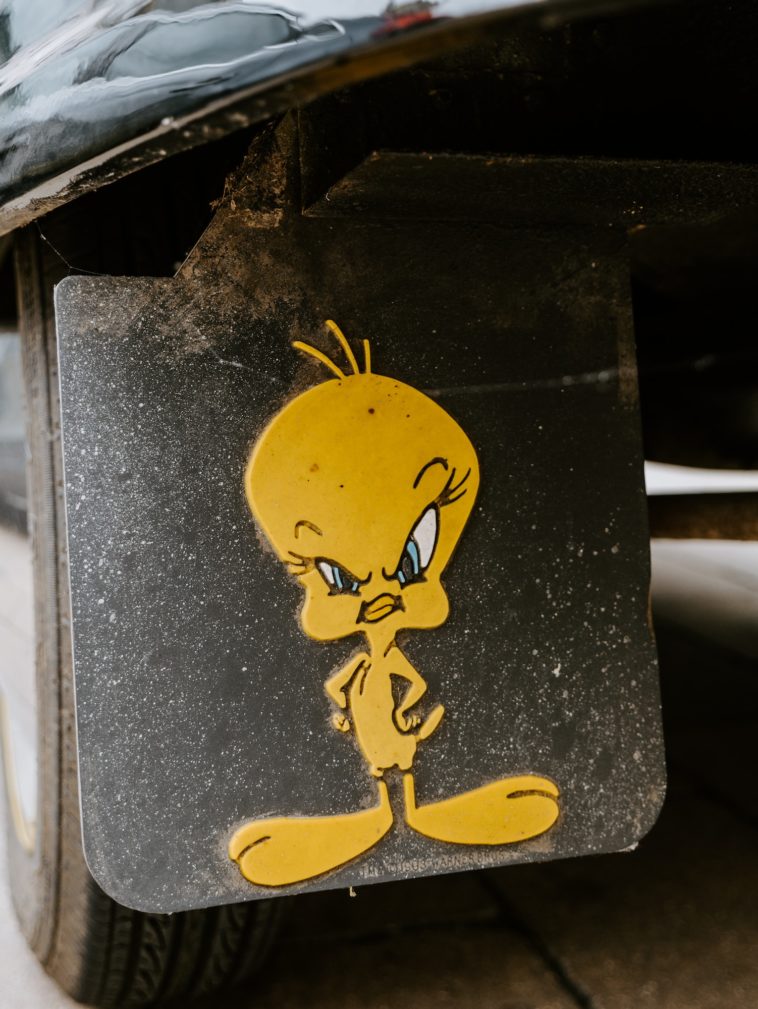Tweety Bird, often referred to simply as Tweety or alternatively as Tweety Pie, is a fictional character designed as a Yellow Canary. This character features prominently in Warner Bros.’ animated series, Looney Tunes and Merrie Melodies. The etymology of the name “Tweety” is a linguistic twist; it was derived from the term “sweetie,” which was then combined with “tweet,” the standard English onomatopoeic word that mimics bird sounds. The persona of Tweety is inspired by comedian Red Skelton’s famous “Mean Widdle Kid” character. During the Golden Age of animation, Tweety was featured in a total of 49 episodes.
Expanded Background and Relevance in Animation History
Tweety is a cornerstone character in Warner Bros.’ iconic animation line-up, which includes characters like Bugs Bunny, Daffy Duck, and Porky Pig. Since its inception, the character has been a part of American pop culture and has reached global audiences as well. Animated by a team of animators led by Bob Clampett, Tweety made his first appearance in the 1942 cartoon titled “A Tale of Two Kitties.”
The character was created during a period known as the Golden Age of Animation, a time roughly spanning from the 1930s to the 1960s. This era was marked by significant advancements in animation technology, the expansion of the animation industry, and the creation of many iconic characters. Tweety’s popularity soared during this time, leading to merchandise, cameos in other media, and even an Academy Award for the cartoon “Tweetie Pie” in 1947.
Linguistic Considerations
The name “Tweety” was chosen with care. It serves multiple linguistic purposes, making it appealing and memorable. The word “sweetie” and “tweet” are both English words that have been cleverly combined to create the name. The term “sweetie” is colloquially used to refer to someone endearing, while “tweet” is the onomatopoeic representation of bird sounds. The play on words makes the character relatable and easy to remember for audiences, while subtly underlining the character’s bird-like nature.
Character Inspiration and Traits
The character of Tweety was inspired by Red Skelton’s famous act, “Mean Widdle Kid.” Red Skelton was an American comedian whose routines gained a lot of popularity in the mid-20th century. The influence can be seen in Tweety’s mischievous and somewhat sly nature. Even though Tweety appears to be innocent and naive, the character often outwits its adversaries, mainly Sylvester the Cat, through clever schemes and quick thinking.
Filmography and Appearances
Tweety appeared in a total of 49 cartoons during what is considered the Golden Age of Animation. These appearances were not limited to standalone episodes but also included crossovers with other characters from the Looney Tunes and Merrie Melodies series. The most famous of these collaborations is arguably with Sylvester the Cat, and their cat-and-bird chase has become a staple in animation history. The character has also been featured in various other media forms, such as comic strips and video games, and has made guest appearances in other Warner Bros. productions, like the movie “Space Jam.”
Cultural Impact and Merchandising
Over the years, Tweety has become more than just a character in animated series. The yellow canary has been licensed for a myriad of merchandise, from toys and clothing to stationery and home goods. Tweety’s image has been leveraged for marketing campaigns, and it has a significant cultural footprint, appealing to both children and adults.
In summary, Tweety Bird is an iconic figure that has transcended its original medium to become a cultural symbol. From its linguistic roots to its inspiration and widespread appearances, Tweety remains an enduring part of animation history and popular culture.





